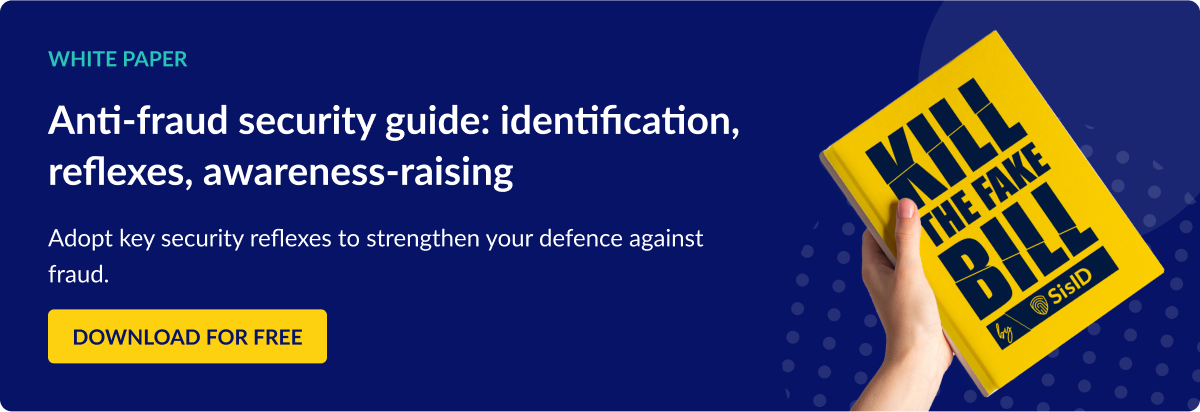How to protect from wire transfer fraud ?
Since the global health crisis, wire fraud increased massively. Only in the first half of 2021, authorized push payment fraud increased of 71% in the UK according to LexisNexis’s report. Globally, financial scams increased against individuals and businesses.
Most popular scams
Cybercriminals use mostly the same methodology to perform their scams. Whether it’s aiming at a person or a business, they impersonate a third party like a known company or a bank so that the victim lowers their guard and proceeds to a fraudulent payment. This technique is chosen according to the target and the type of fraud used.
Here are some of the most popular scams fraudsters use:

Wire fraud recovery is difficult, but possible
When the scammer succeeds in their attack, they receive the money in the bank account indicated for the wire transfer. Instantly, they divide the funds and sends them to different accounts abroad to make them disappear. This makes it very difficult for the authorities to trace the funds and the fraudster. It’s also complicated to recover the funds, the recall procedure can be applied, but there is no guarantee of success.
In order to maximize chances of success, companies and individuals have to be quick:
The key to recover from wire fraud is to be reactive and prepared. Every company should have a Business Continuity Plan (BCP). In order to have a good BCP, there are good practices to prepare and apply:
How to prevent wire transfer fraud?
Whether it is applied to businesses or for private use, it is important to protect oneself from wire transfer fraud. To do so, here are some advices easy to apply.
For businesses:
For individuals:
How to react to wire transfer fraud as a business?
The reactions to adopt when you have a doubt about being victim of fraud are quite similar for a business or a person. But the processes must be known and applied by everyone in the company.





